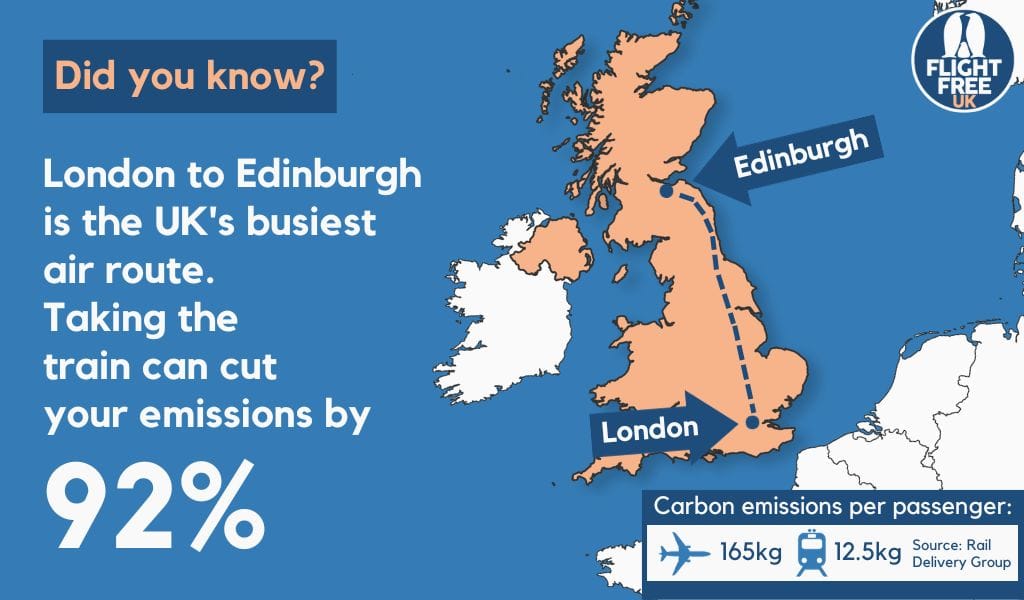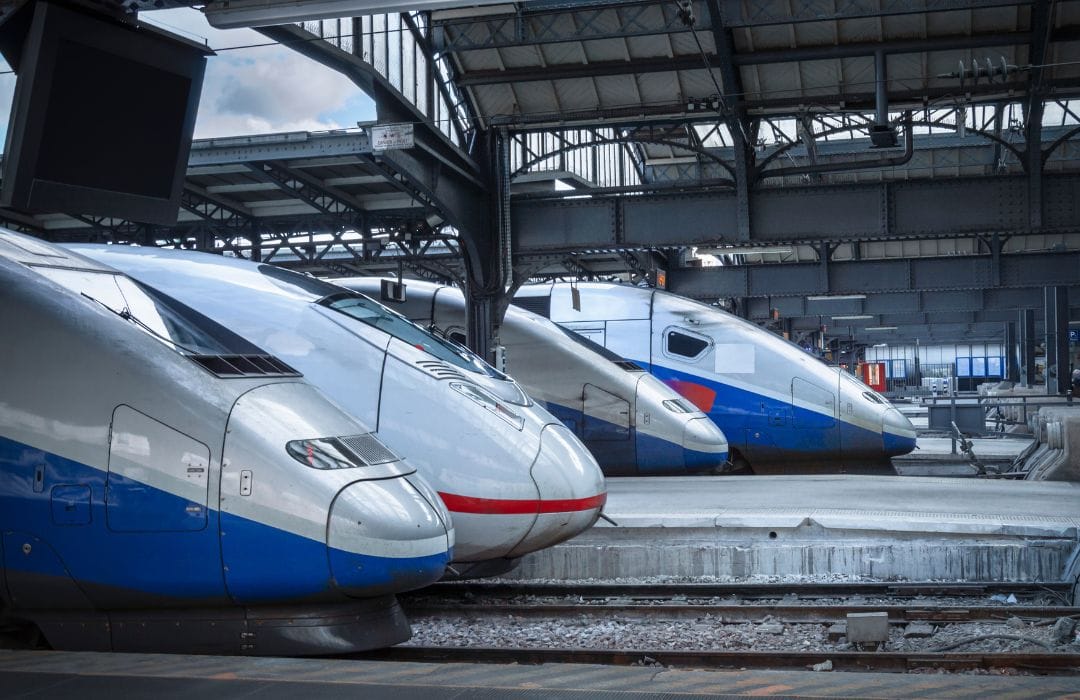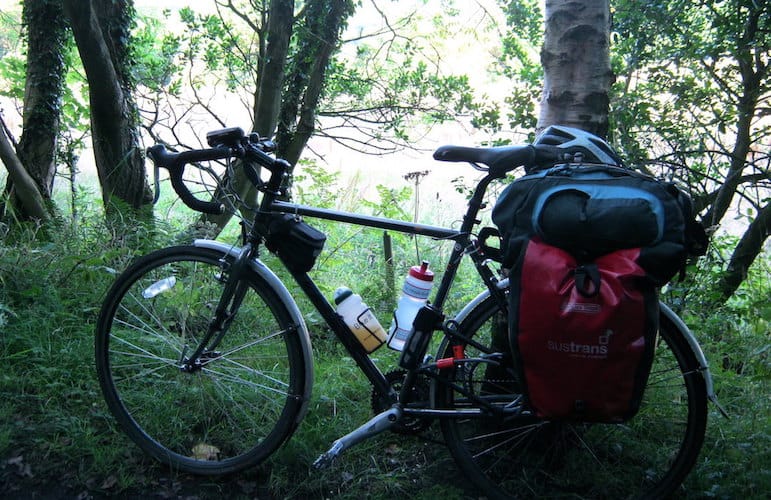In May 2023, the French government brought in a law to ban domestic flights where the same journey could be made by train in less than 2.5 hours.
As a result, planes no longer fly between Paris Orly and Nantes, Bordeaux and Lyon.*
The move was cautiously welcomed by climate campaigners but criticised for not going far enough, and lambasted by airlines who said it’s purely symbolic and won’t cut carbon. But it sets a precedent and, importantly, shows climate awareness among people in positions of power:
This is an essential step and a strong symbol in the policy of reducing greenhouse gas emissions. As we fight relentlessly to decarbonize our lifestyles, how can we justify the use of the plane between the big cities which benefit from regular, fast and efficient connections by train?
~ Clement Beaune, France’s transport minister
In three years the policy will be re-evaluated and if it’s seen as a success, more routes could be added. It’s a very small start, but it’s a start.
Could such a policy be applied in the UK?
A ban on flights where there’s a 2.5 hour train would apply to so few routes as to be fairly pointless. If the time limit were increased to 4.5 hours it would include two of the UK’s busiest air routes: London-Glasgow and London-Edinburgh. Such a policy would be a significant step towards reducing our domestic emissions.
Impact of a domestic flight ban where there’s a direct rail link of 4.5 hours
Removing all flight routes with a direct rail link of 4.5 hours would cover 16 million air passengers annually. The London-Glasgow/Edinburgh routes alone contribute 11.5 million passengers of that. **
Calculations by Thrust Carbon show that a train travelling on the electrified east coast mainline between London and Edinburgh produces 12.5kg CO2e per passenger, compared to 165.1kg CO2e by plane. Assuming similar figures for the electrified west coast line, the savings of switching from air to rail between London and Glasgow/Edinburgh would be 1.75 million tonnes CO2e per year. ***

Time and cost
Once transfers and check-in are accounted for, the journey times of travelling between UK cities by air or by rail are comparable. A race between Norman Baker and Paul Tuohy from the Campaign for Better Transport between London and Glasgow was almost neck-and-neck, and when Simon Calder raced Mark Smith to Edinburgh, it was another dead heat.
Analysis of staff travel by the University of Edinburgh showed that overall, it was cheaper to take the train to London than fly.
Capacity
Switching 16 million annual journeys to rail would be a huge challenge in terms of capacity. Part of the solution would be for some journeys not to take place at all, for example work trips replaced by online meetings. Increased investment in rail infrastructure and timetabling would help. Some journeys would inevitably shift to road, which also has challenges in terms of capacity. This is a good argument to continue with the development of the UK’s high-speed rail network.
The Government could go part way to raising the necessary funds by taxing aviation in the same way as other transport forms – a kerosene tax & VAT would raise an extra £7 billion annually to HMRC. The lack of tax on aviation fuel effectively gives the industry huge subsidies that keep prices low and encourage growth.
Conclusion
Echoing the French transport minister’s words, making the shift from plane to train is an essential step in decarbonising our lifestyles, and removing flight routes which are served by easy, efficient rail links feels like an easy win. Addressing questions of capacity will be a challenge, but it is worth considering this step as part of our wider efforts to reach the UK’s legally-binding net-zero targets.
France’s example should be followed, especially if the policy is deemed a success and expanded in subsequent years. With 17 of the 20 busiest air routes in Europe less than 434 miles long, there is the potential for measures like this to be adopted by many other nations in response to the climate crisis.
* connecting planes still use these routes
** calculation by Tom Smallwood in this article
*** 165.1 x 11.5 = 1898.65 = 1.9 million tonnes. 12.5 x 11.5 = 143.75 = 143,750 tonnes. SAVING = 1,898,650 - 143,750 = 1,754,900 = 1.75 million tonnes




